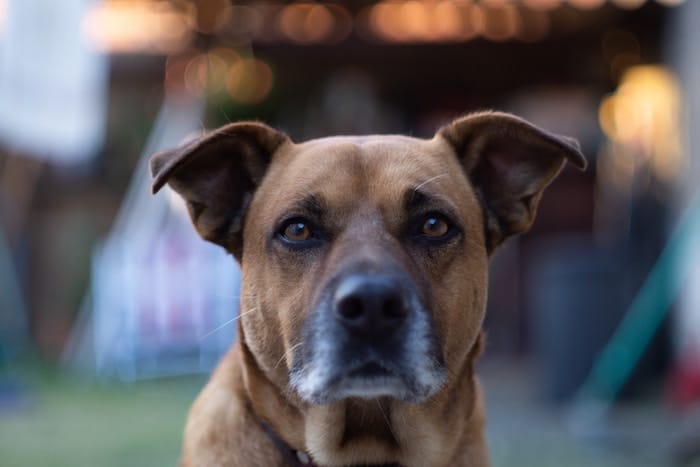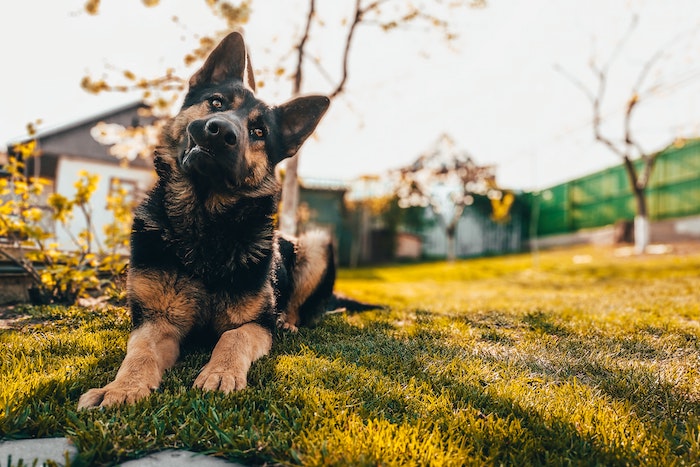Before bringing a personal protection dog into your home, it’s better to understand the role they will play. These dogs are not just pets; they are highly trained animals with specific skills designed to protect their owners from threats. Unlike typical family dogs, protection dogs have undergone extensive training to handle potential danger, including identifying suspicious behavior and reacting accordingly.
However, their role as a protector does not diminish their capacity for love and companionship. A well-trained protection dog is capable of seamlessly switching between being a gentle family member and a vigilant guard dog. The key to a successful integration is recognizing that these dogs are, first and foremost, part of the family. With proper care, training, and attention, they can offer both safety and affection in equal measure.

Choosing the Right Dog for Your Family
When considering a personal protection dog for your family, selecting the right breed is one of the most critical decisions. Not all dogs are suited to protection work, and different breeds bring varying temperaments, energy levels, and instincts to the table. Popular breeds for protection dogs include German Shepherds, Belgian Malinois, Dobermans, and Rottweilers, all known for their loyalty, intelligence, and strength.
However, it’s essential to match the dog’s characteristics with your family’s lifestyle. For instance, German Shepherds are adaptable, family-friendly dogs that can live harmoniously with children and other pets. Belgian Malinois, while incredibly intelligent and agile, may require more exercise and mental stimulation, making them better suited to active households. If you have young children or other animals, you may want to choose a breed known for its patience and gentle nature while still being capable of providing protection.
Additionally, the dog’s age and training level should be taken into account. Puppies can be raised alongside your family, learning to bond with each member from a young age, while an already trained adult dog can bring immediate security but may need time to adjust to the family dynamic. Either option requires a significant level of commitment to training and bonding.
Introducing a Personal Protection Dog to Your Home
The first days and weeks after bringing a personal protection dog into your home are crucial for a successful integration. During this period, the dog is learning about its new environment, including its role within the family. A smooth introduction can help prevent confusion and stress for both the dog and your family members.
The first step is ensuring that your home is set up in a way that is conducive to the dog’s comfort and security. Creating a designated space for the dog, such as a quiet corner with a comfortable bed and access to food and water, gives the animal a place to retreat to when it needs rest. This area should be free from distractions and loud noises, particularly during the initial days of adjustment.
When introducing the dog to family members, it’s important to do so gradually and calmly. Allow the dog to become familiar with each person at its own pace, avoiding overwhelming it with too many interactions at once. Children should be taught how to approach the dog gently, understanding that it is still learning its new environment. Supervision during the early stages is essential to ensure everyone remains safe and comfortable.
Professional dog trainers often recommend starting with basic obedience training within the home to establish boundaries and expectations. This can include simple commands like “sit,” “stay,” and “come.” By reinforcing positive behavior from the beginning, you are setting the stage for a harmonious relationship between the dog and your family.
One trainer from Total K9 advises, “Establishing clear roles and commands early on helps the dog understand its place within the family. They need to know when they’re working and when they can relax, just like any member of the family.”
Building a Strong Bond with Your Protection Dog
The bond between a personal protection dog and its owner is at the core of a successful relationship. These dogs are fiercely loyal, but building that trust and connection takes time, effort, and consistent training. The stronger the bond, the more effective the dog will be in its role as a protector, as it will naturally prioritize the safety and well-being of those it loves.
Spending quality time with your dog is essential. This goes beyond basic feeding and exercise; it involves engaging in activities that strengthen your relationship. Regular walks, playtime, and even simple tasks like grooming can help establish trust between you and your dog. Protection dogs thrive on structure and consistency, so maintaining a routine is important for their mental and emotional well-being.
Training also plays a significant role in building this bond. Participating in the dog’s ongoing training sessions, even after its formal protection training is complete, can help reinforce your relationship. Dogs respond to leadership, and by being actively involved in their training, you are establishing yourself as the leader of the pack.
Moreover, it’s important to continue challenging your dog mentally and physically. Personal protection dogs are highly intelligent animals, and they need regular stimulation to remain sharp and engaged. This can include puzzle toys, advanced obedience training, or even agility courses that test their endurance and problem-solving skills.

Socialization with Family and Friends
One of the common concerns families have when bringing a personal protection dog into the home is how the dog will interact with friends and visitors. Protection dogs are trained to be discerning; they know how to differentiate between friendly interactions and potential threats. However, proper socialization is key to ensuring they behave appropriately in various social situations.
When introducing the dog to new people, it’s important to maintain a calm and controlled environment. Allow the dog to approach new individuals on its own terms, and be mindful of how it reacts to unfamiliar faces. Protection dogs are naturally cautious around strangers, but with consistent positive reinforcement, they can learn to accept friends and visitors as part of their extended “pack.”
Another aspect of socialization involves other animals. If you have existing pets, a gradual introduction process is necessary. Start by allowing the animals to observe each other from a distance before gradually allowing supervised interaction. Over time, the protection dog will learn to coexist peacefully with other pets, provided the introductions are handled carefully.
The Importance of Ongoing Training and Maintenance
Even after a personal protection dog has completed its formal training, ongoing reinforcement is critical to maintaining its skills. These dogs are not only trained to protect but also to think critically in high-pressure situations. Regular refresher training helps keep their instincts sharp and ensures they remain responsive to commands.
Working with a professional trainer on an ongoing basis is highly recommended. Trainers can assess the dog’s progress, address any behavioral changes, and adjust training techniques as needed. Whether it’s fine-tuning their protection instincts or improving obedience, regular sessions keep both the dog and owner prepared for any situation.
Additionally, it’s important to remember that protection dogs, like all animals, need time to relax and enjoy being part of the family. Balancing their protective duties with downtime is essential for their mental and physical health. Providing ample opportunities for exercise, play, and relaxation helps prevent burnout and ensures that your dog remains happy and well-adjusted.
Emotional and Psychological Benefits of Protection Dogs
One of the most rewarding aspects of integrating a personal protection dog into your family is the emotional and psychological benefits they provide. Beyond their role as protectors, these dogs offer companionship and emotional support. For families, particularly those with children, a protection dog can serve as a loving, constant presence, providing comfort and reassurance.
Protection dogs are also sensitive to the emotional states of their owners. They can detect stress, anxiety, or fear and often respond by offering comfort through their presence. This emotional bond enhances the sense of safety they provide, making them more than just guardians but true companions.
For those who live alone or in areas where personal safety is a concern, the presence of a protection dog can reduce anxiety and create a sense of security. Knowing that your dog is always alert and ready to act provides peace of mind that few other forms of security can offer.
Conclusion: A Lifelong Partnership
Integrating a personal protection dog into your family is not just about acquiring a guardian; it’s about building a lifelong partnership. These dogs offer unparalleled protection, but they also become beloved members of the family, providing companionship, love, and emotional support. By carefully selecting the right dog, establishing clear roles and boundaries, and building a strong bond through training and trust, you can create a harmonious environment where both the dog and your family thrive.
While the process requires time, patience, and commitment, the rewards are immense. A personal protection dog brings a level of security that extends beyond physical safety, offering peace of mind and unconditional loyalty. For families seeking both protection and companionship, these dogs are an invaluable addition to modern life.
